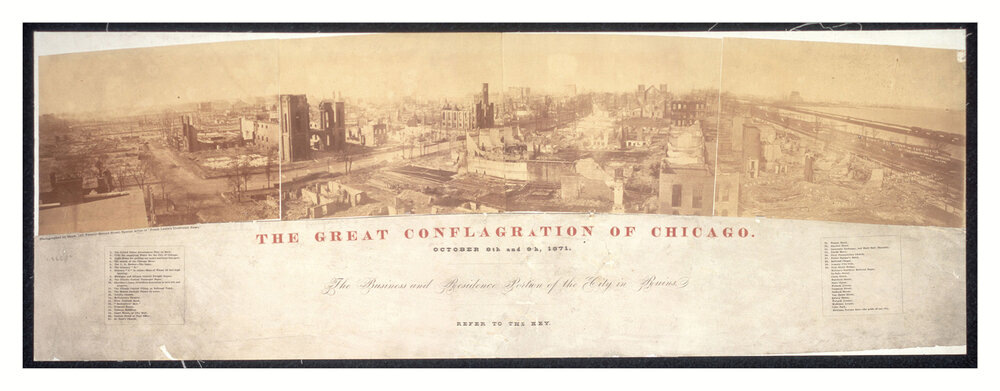The Chicago World's Fair Invented The Best And The Worst
Posted by Karen Herringa on May 2nd 2020
In 1871, a fire started in the city of Chicago that burnt its buildings to cinder and ashes. After two days of the fire spreading through four miles of inner city, it naturally put itself out. It was discovered that close to one-third of the city was destroyed. Twenty years later, Chicago would play host to the World's Fair in celebration of the 400th anniversary of Columbus's journey to America. Not only was having the fair in Chicago special because it was chosen over many other American cities, but it gave Chicago a chance to show that it was becoming one of the most innovative cities in America, despite its tragic past.
The fair had an immense effect on architecture. Over two hundred buildings were created for the fair, all crowded together in a south neighborhood on the Lake Michigan waterfront. Fourteen of the largest buildings in the main area of the fair were constructed using plaster, cement, and a fiber that was painted a bright white, which was why many, to this day, call Chicago 'The White City.' There were canals, lagoons, and a large rectangular pool in the center of the fair to represent the long voyage Columbus took to get to America.
Unfortunately, a lot of the buildings were built to be temporary. The Palace of Fine Arts and the Worlds Congress Auxiliary Building are the only surviving places you can still visit today, although they go by different names. The former is now the Museum of Science and Industry, while the latter is the original Art Institute of Chicago building.
Many fascinating inventions and objects were created because of the fair which are still around today. The first Ferris Wheel was created and constructed for the event, much to the enjoyment of the twenty-seven million people who attended over the six month period the fair took place. The post office produced their first ever souvenir postcards for the fair, having noticed how popular homemade postcards were becoming. Helen Keller, while attending the fair, met Frank Haven Hall, who was displaying his prototype for the first ever braille books. Spray paint was also invented by a craftsman named Francis Davis Millet, who was constructing the buildings when he discovered that he didn't have enough time to paint everything before the opening to the public.
Unfortunately, the first American serial killer also came about during the period of the fair. H. H. Holmes constructed a large hotel (some say it looked more like a castle) for those attending the fair to stay. He often invited women traveling on their own to Chicago to stay at his “murder castle.” Because it was so large, and only he knew the secrets within, many people lost their lives to Holmes. He was arrested after, being sent to jail for a small crime, he confided in his cellmate about past doings. He was only convicted for nine murders because no bodies could be produced for the countless other lives he took.
Forever the worlds fair will always be synonymous with H. H. Holmes, but thankfully not completely. It stands today as an iconic time in Chicago history as a forerunner of architecture, the arts, and also as an important time in Chicago's image





